The 20 new UNESCO World Heritage Sites for 2017
World Heritage Sites
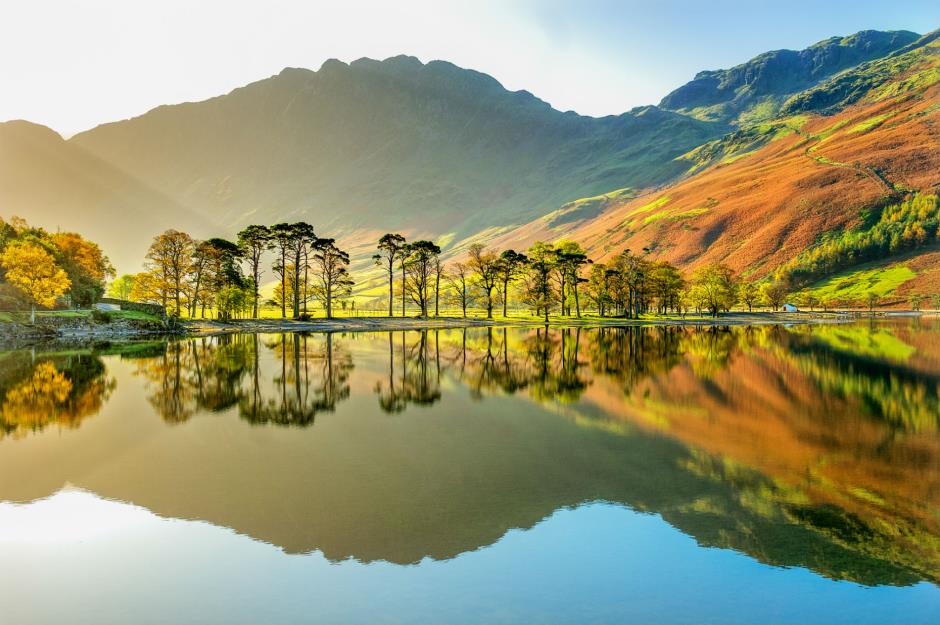
The World Heritage Committee has added 20 new sites to the UNESCO World Heritage List, which now has more than 1,000 of the most exceptional natural and man-made wonders the world has to offer. Selected based on cultural, historical or scientific significance, these sites are a must on any traveller’s bucket list. We take a look at the new entries, including England's Lake District, and why you should visit.
Aphrodisias, Turkey

Located in southwestern Turkey, in the upper valley of the Morsynus River, this site has two parts: the archaeological site of Aphrodisias, and the marble quarries northeast of the city used by the city’s sculptors, which brought great prosperity to the area.
Aphrodisias, Turkey
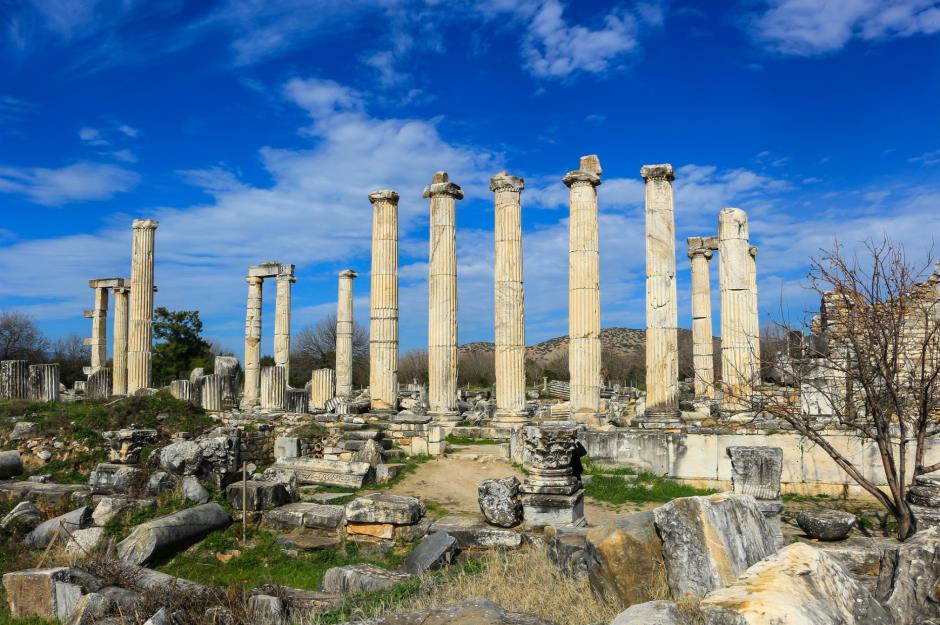
The streets of 2,100-year-old Aphrodisias are arranged around large civic structures, including a theatre, an agora and two bath complexes, and feature several temples.
Asmara: a Modernist City of Africa, Eritrea
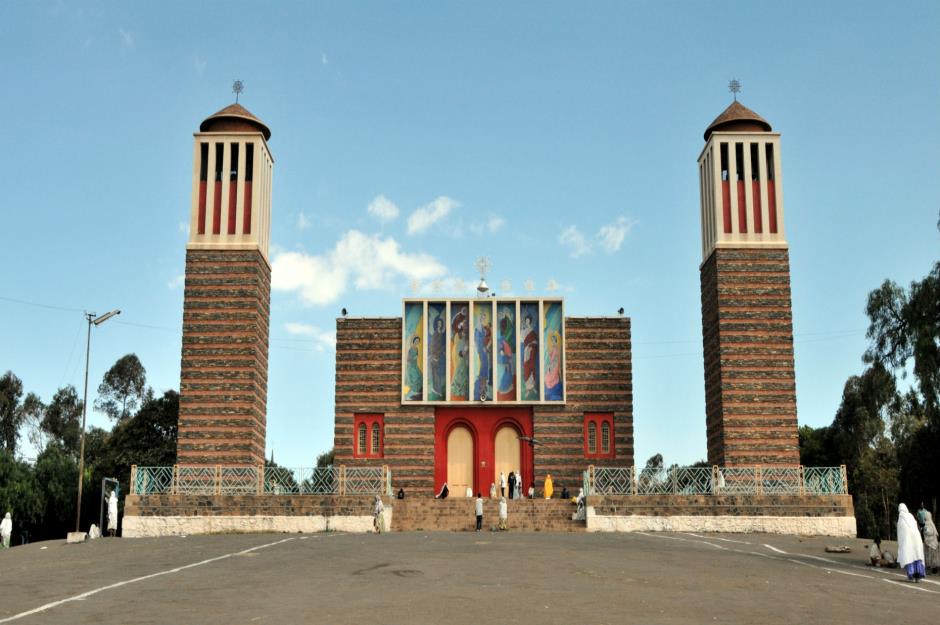
Located at over 8,000 feet above sea level, the capital of Eritrea was an Italian colonial stronghold from the 1890s. After 1935, Asmara was used as a place to experiment with radical designs of residential and commercial buildings, churches, mosques, synagogues, cinemas and hotels before they were used in Europe. More than 80 years later, most buildings are still of Italian origin and are an exceptional example of early modernist urbanism at the beginning of the 20th century.
Assumption Cathedral and Monastery of the town-island of Sviyazhsk, Russia

Located in the town-island of Sviyazhsk, the Assumption Cathedral is part of the monastery of the same name. Situated at the junction of the Volga, Sviyaga and Shchuka rivers, it was founded by Ivan the Terrible in 1551. The cathedral’s frescoes are among the rarest examples of Eastern Orthodox mural paintings.
Caves and Ice Age Art in the Swabian Jura, Germany
 im Regierungspräsidium Stuttgart.jpg)
When modern humans first arrived in Europe 43,000 years ago, Swabian Jura in southern Germany is one of the first areas they settled. Excavated from the 1860s, six caves have revealed items dating from 33,000 to 43,000 years ago, including animal figurines and musical instruments that are significant to our understanding of the origins of human artistic development.
Hebron Old Town, Palestine
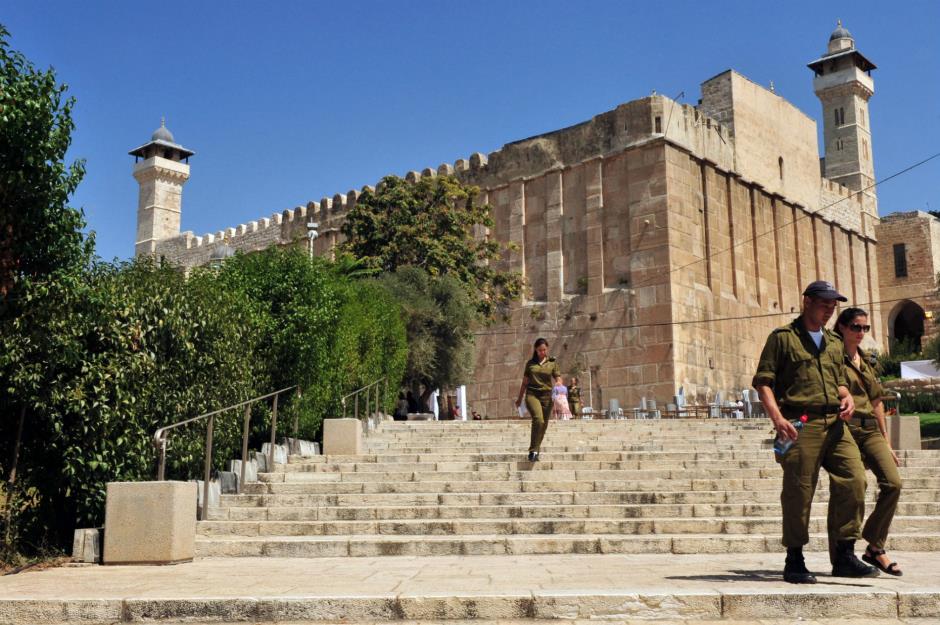
Shaped by local limestone, the old town of Hebron (also known as Al-Khalil) and its Cave of the Patriarchs, which is said to be the resting place of several biblical figures, is a site of pilgrimage for three major religions: Judaism, Christianity and Islam.
Hebron Old Town, Palestine
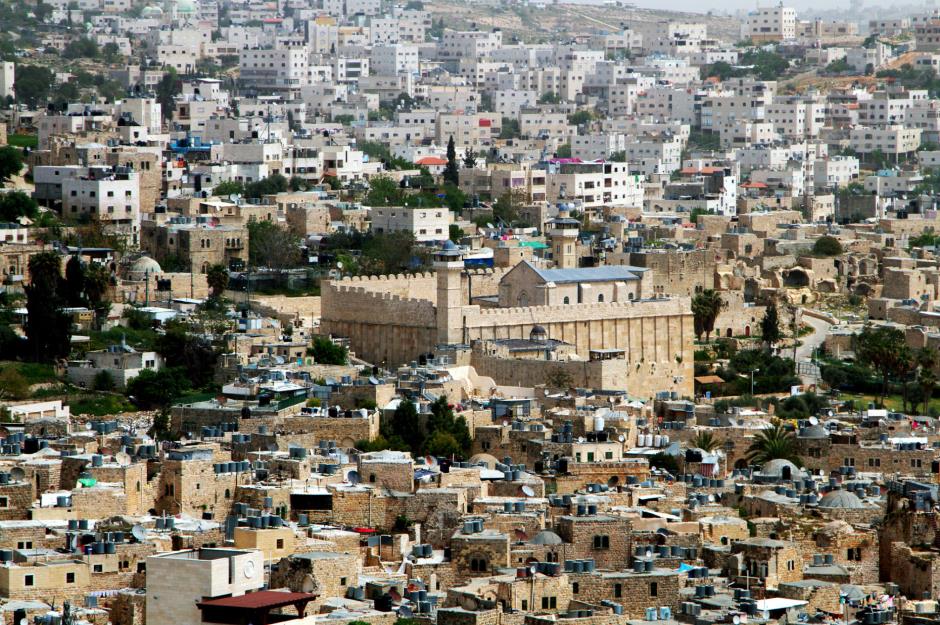
Situated at the crossroads of trade routes for caravans travelling between southern Palestine, Sinai, Eastern Jordan and the north of the Arabian Peninsula, the old town of the city is one of the few places on Earth where the architecture of the Mamluk sultanate is still preserved.
Historic City of Yazd, Iran
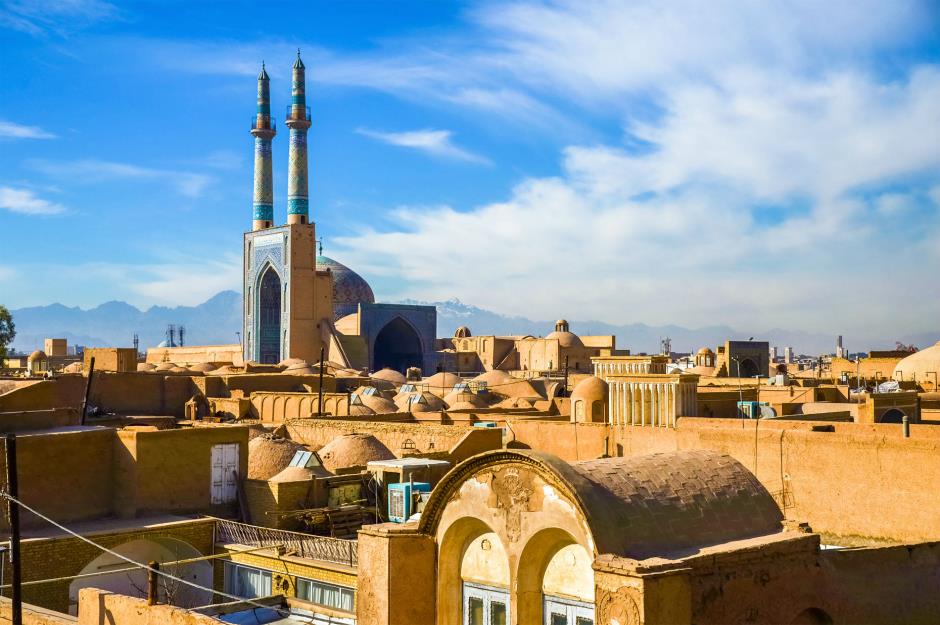
A living testimony to the use of limited resources for survival in the desert, the city of Yazd is located in the middle of the Iranian plateau. Water is supplied to the city through an ancient system known as a qanat system, which was developed to draw underground water.
Historic City of Yazd, Iran
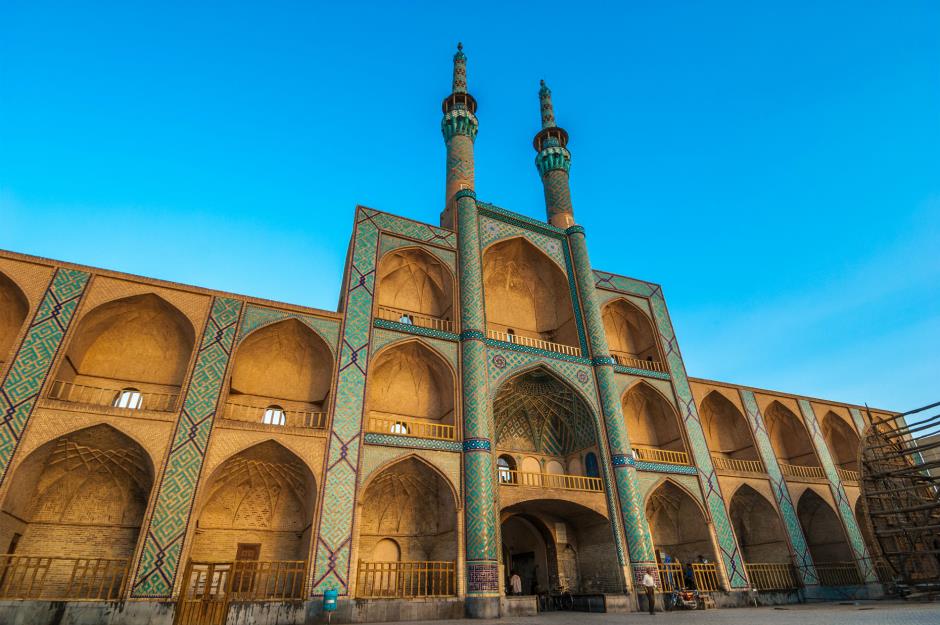
The earthen architecture of Yazd has escaped the modernisation that destroyed many earthen towns and has retained its traditional districts, the qanat system, original houses, bazaars, hammams, mosques, synagogues, Zoroastrian temples and the historic garden of Dolat-abad.
Kujataa Greenland: Norse and Inuit Farming at the Edge of the Ice Cap, Denmark

The sub-arctic landscape of Kujataa represents the earliest introduction of farming to the Arctic as the Norse people moved beyond Europe. Despite their differences, the two cultures, European Norse and Inuit, created a shared cultural landscape from the end of the 18th century based on farming, grazing and marine mammal hunting.
Kulangsu: a Historic International Settlement, China
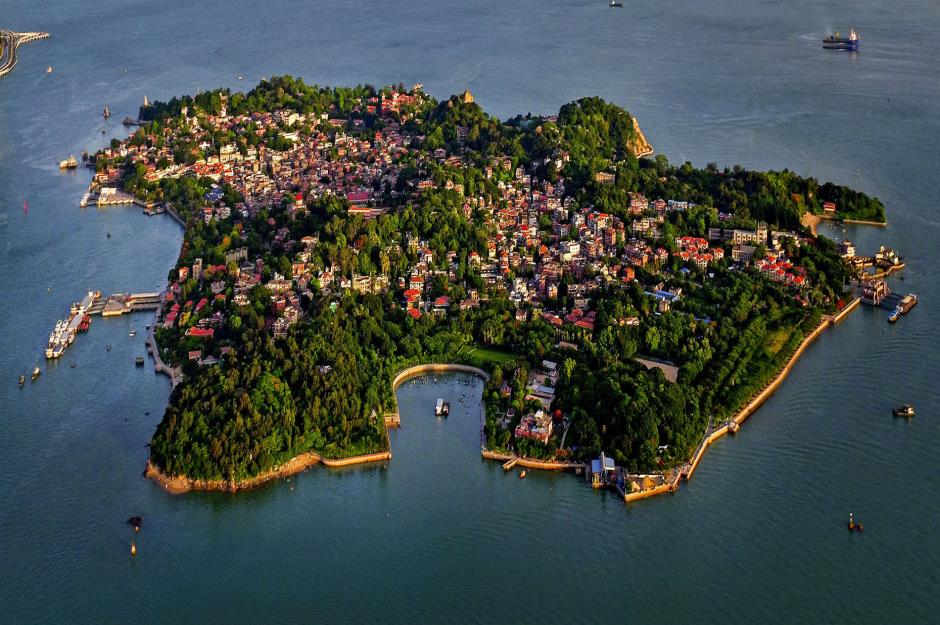
The tiny island of Kulangsu, located on the estuary of the Chiu-Iung River, is filled with examples of architectural styles from other cultures mixed with the region's own.
Kulangsu: a Historic International Settlement, China
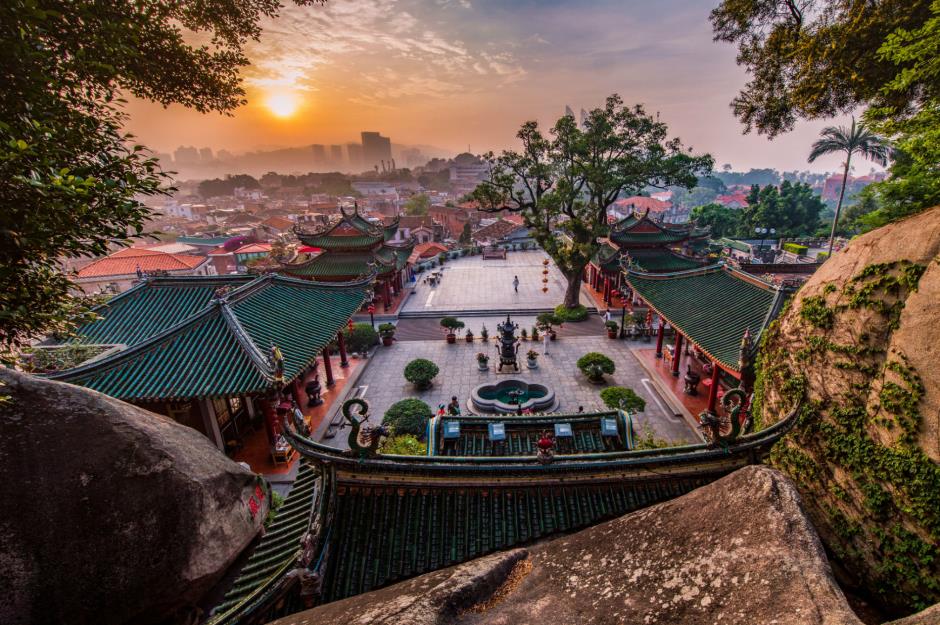
The different architectural styles include traditional southern Fujian, western classical revival and veranda colonial. The most exceptional example of the fusion of the various influences is the Amoy Deco style, a mixture of the modernist style of the early 20th century and Art Deco.
Mbanza Kongo, Vestiges of the Capital of the former Kingdom of Kongo, Angola
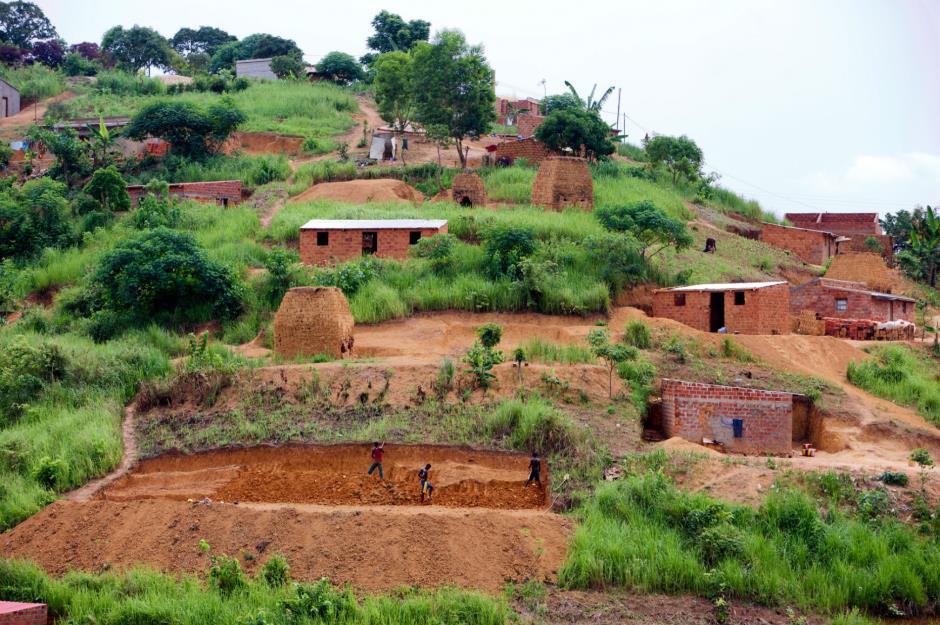
The town of Mbanza Kongo was the political and spiritual capital of the Kingdom of Kongo and grew around the royal residence, the court and the holy tree, as well as the royal funeral places.
Mbanza Kongo, Vestiges of the Capital of the former Kingdom of Kongo, Angola
.jpg)
Mbanza Kongo illustrates, more than anywhere in sub-Saharan Africa, the profound changes caused by the introduction of Christianity and the arrival of the Portuguese into Central Africa.
Sacred Island of Okinoshima and Associated Sites in the Munakata Region, Japan
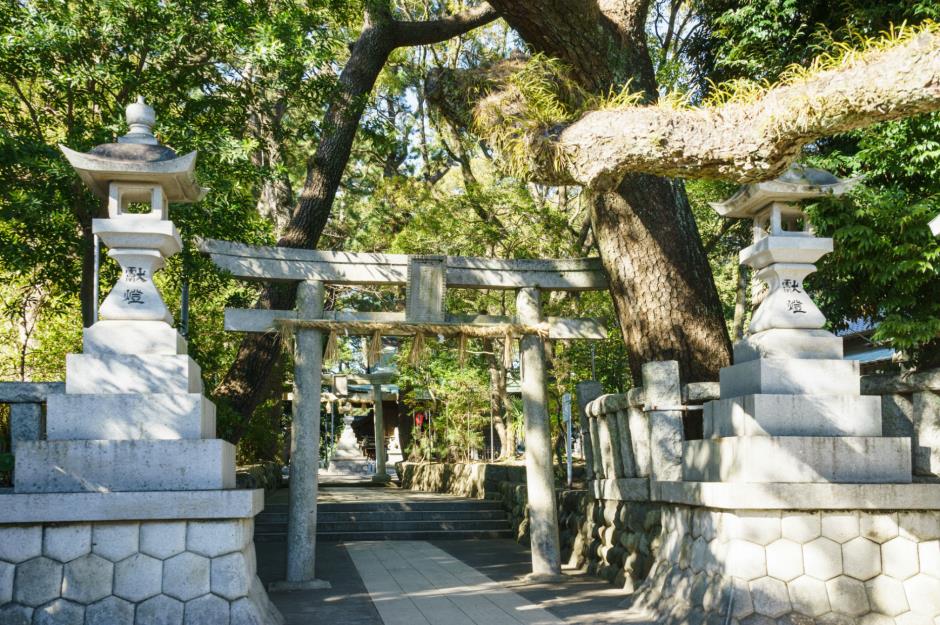
Located 37 miles (60km) off the western coast of Kyushu island, the island of Okinoshima is an exceptional example of the tradition of worship of a sacred island. The archaeological sites on the island are virtually intact and provide a chronological record of how the rituals were performed. Integrated within the Grand Shrine of the city of Munakata, Okinoshima is considered sacred to this day.
Taputapuātea, French Polynesia
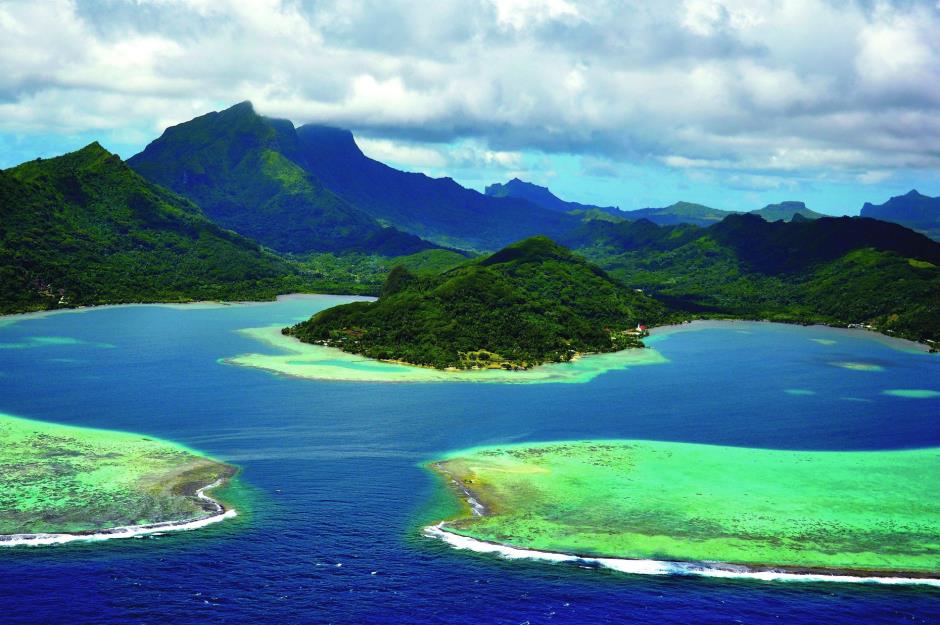
Taputapuātea on Ra’iatea Island is at the centre of the “Polynesian Triangle”, a vast portion of the Pacific Ocean dotted with islands, and the last part of the globe to be settled by humans. The region has two forested valleys, a portion of lagoon and coral reef and a strip of open ocean.
Taputapuātea, French Polynesia
.jpg)
At the heart of it is the Taputapuātea marae complex. Widespread in Polynesia, the marae were sacred places important to the social and religious life of local communities.
Tarnowskie Góry Lead-Silver-Zinc Mine and its Underground Water Management System, Poland
.jpg)
Located in Upper Silesia in southern Poland, one of the main mining areas of central Europe, this site includes the entire underground mine with shafts, galleries and water management system. It was a major producer of lead and zinc.
Temple Zone of Sambor Prei Kuk, Archaeological Site of Ancient Ishanapura, Cambodia
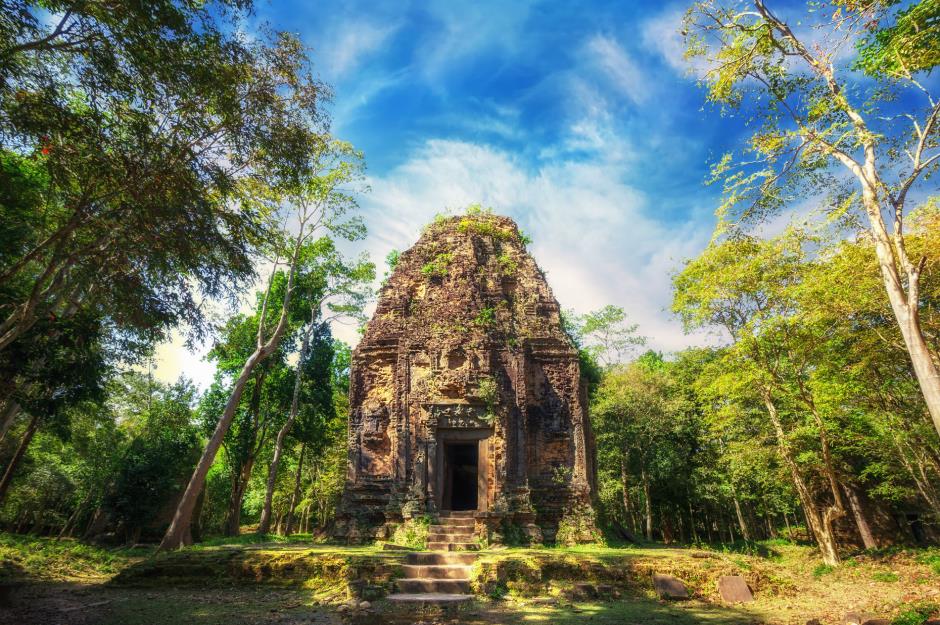
The archaeological site of Sambor Prei Kuk, “the temple in the richness of the forest” in the Khmer language, was the capital of the Chenla Empire. The city covers an area of almost 10 square miles and includes a walled city centre as well as numerous temples unique in southeast Asia because of their octagonal shape. The art and architecture developed here became models for other parts of the region and lay the groundwork for the unique Khmer style of the Angkor period.
The Lake District, United Kingdom
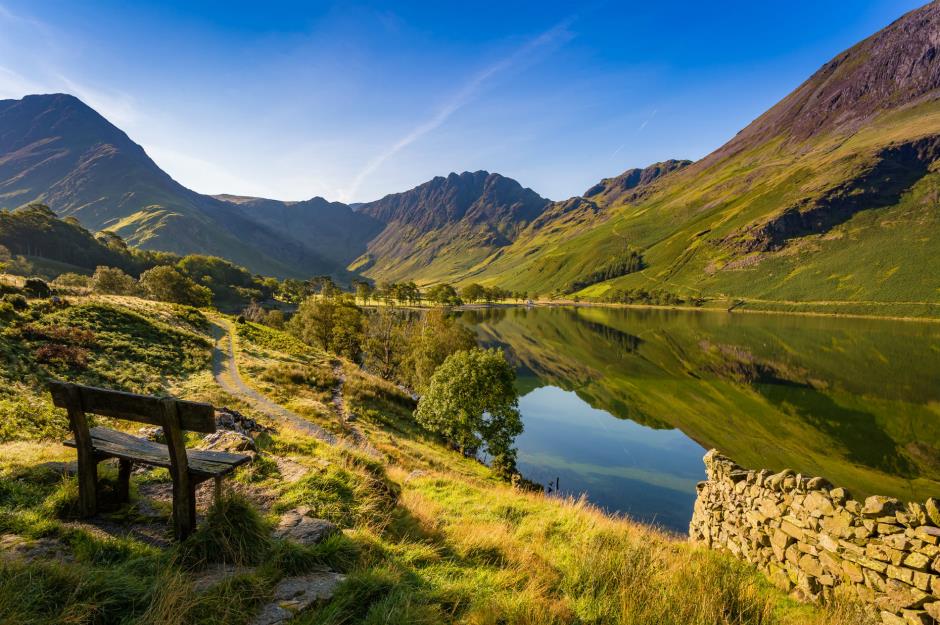
Located in northwest England, the Lake District is a mountainous area, whose valleys have been modelled by glaciers of the Ice Age and subsequently shaped by the wall-enclosed pastoral lands. The combined work of nature and human activity has produced a harmonious landscape in which the mountains are mirrored in the lakes.
The Lake District, United Kingdom
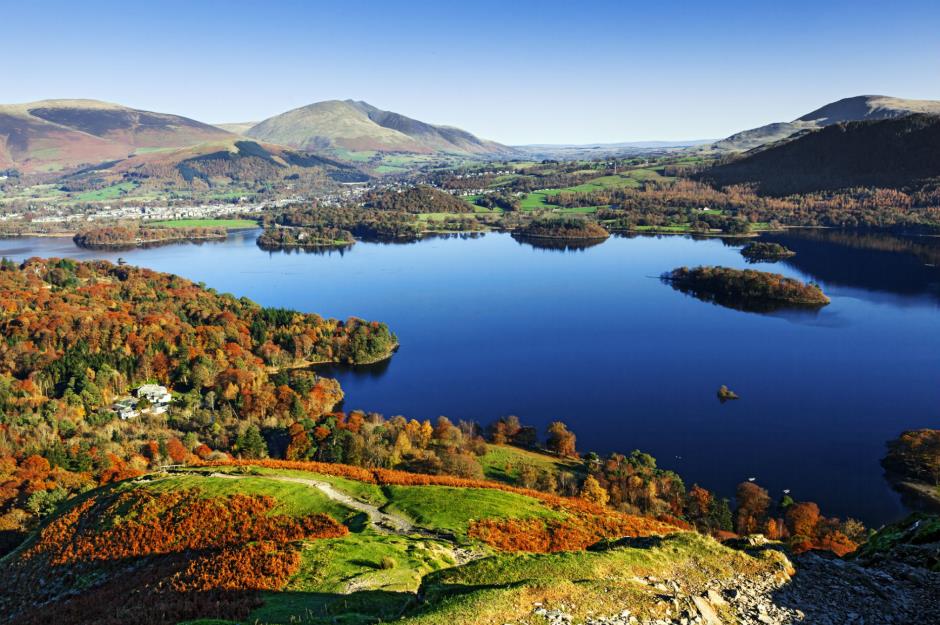
This landscape was greatly appreciated from the 18th century onwards by the Picturesque and later Romantic movements, which celebrated it in paintings, drawings and words. It also inspired an awareness of the importance of beautiful landscapes and triggered early efforts to preserve them. It has been one of the UK's 15 national parks since 1951.
Valongo Wharf Archaeological Site, Brazil
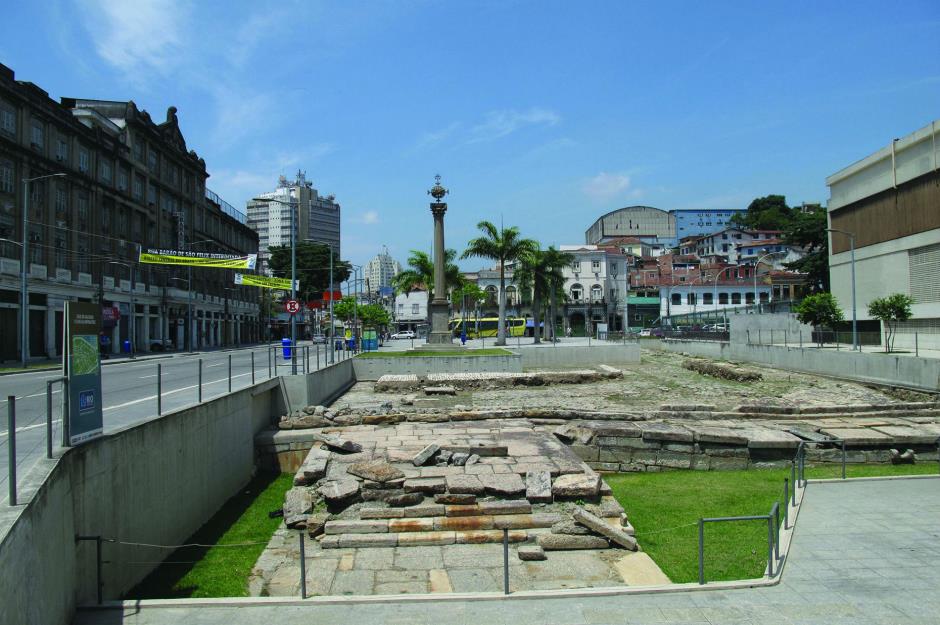
Valongo Wharf Archaeological Site is located in the former harbour area of central Rio de Janeiro, where the old stone wharf was built in 1811 for the landing of enslaved Africans reaching the South American continent. An estimated 900,000 Africans arrived in South America via Valongo.
Venetian Works of Defence between 15th and 17th centuries
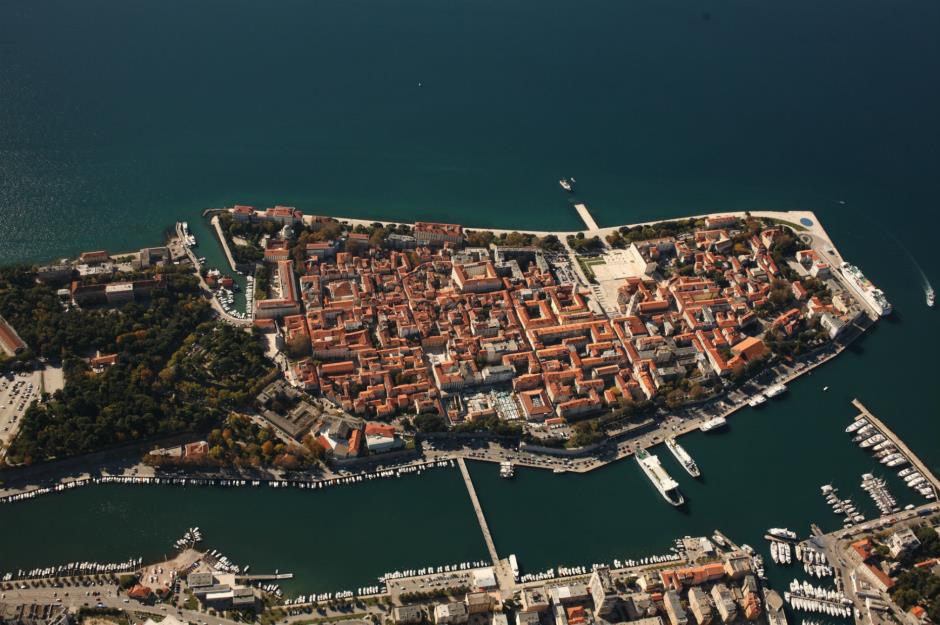
This listing consists of 15 defence works in Italy, Croatia and Montenegro, spanning more than 620 miles between the Lombard region of Italy and the eastern Adriatic Coast. The introduction of gunpowder led to significant shifts in military techniques and architecture that are reflected in the design of fortifications, which later spread throughout Europe.
ǂKhomani Cultural Landscape, South Africa
.jpg)
The ǂKhomani Cultural Landscape is located at the border with Botswana and Namibia in the northern part of South Africa, around the Kalahari Gemsbok National Park (KGNP). ǂKhomani San people developed a specific botanical knowledge, cultural practices and a worldview that helped them adapt and survive in the harsh desert environment.
Landscapes of Dauria, Mongolia, Russia
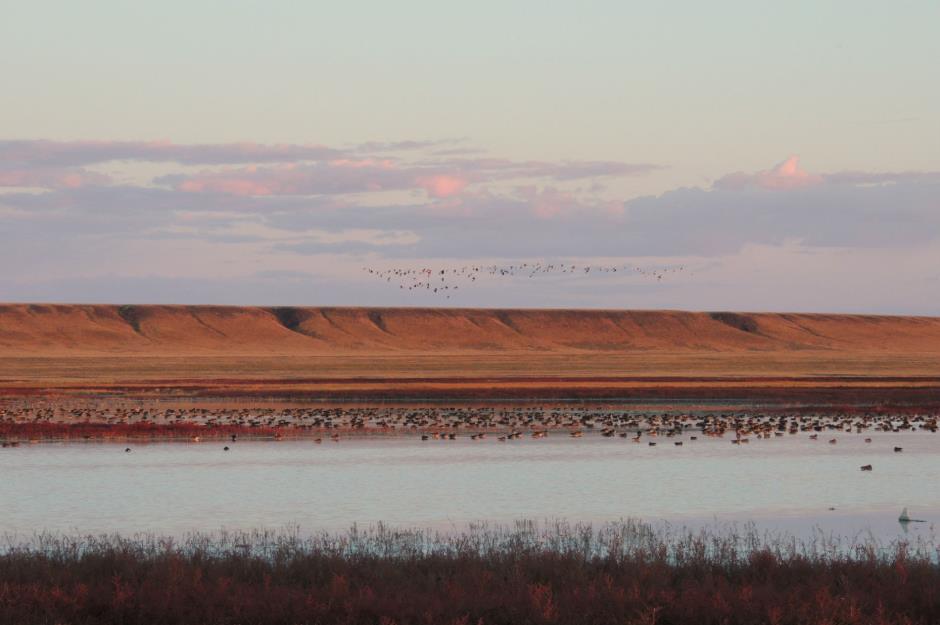
Shared between Mongolia and Russia, this site is an outstanding example of the Daurian Steppe eco-region, which extends from eastern Mongolia into Russian Siberia and northeast China. Cyclical climate changes, with distinct dry and wet periods, lead to a wide diversity of species and ecosystems of global significance.
Landscapes of Dauria, Mongolia, Russia
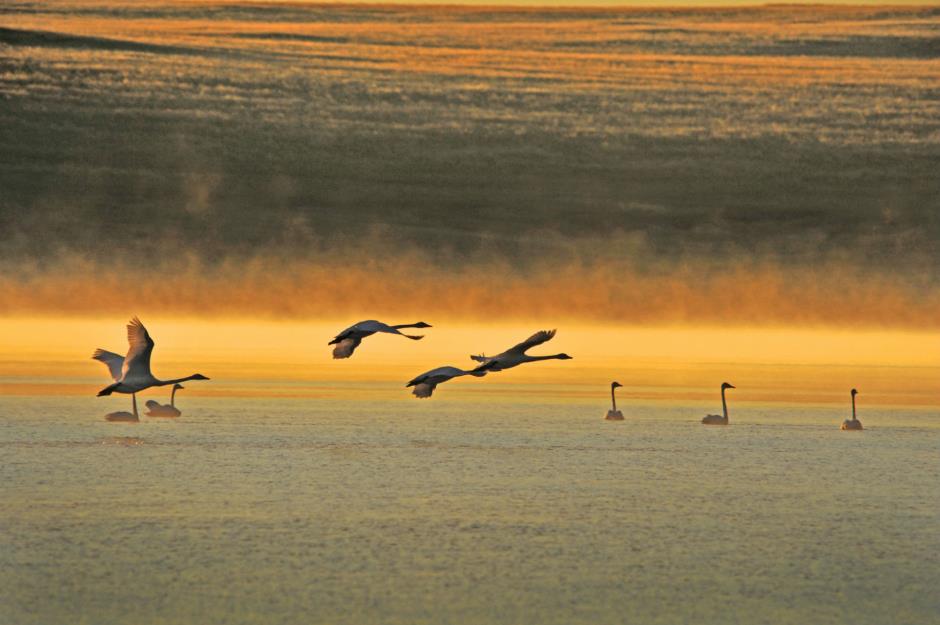
The different types of steppe represented, such as grassland and forest, as well as lakes and wetlands serve as habitats for rare species such as the white-naped crane and the great bustard, as well as millions of vulnerable, endangered or threatened migratory birds.
Los Alerces National Park, Argentina
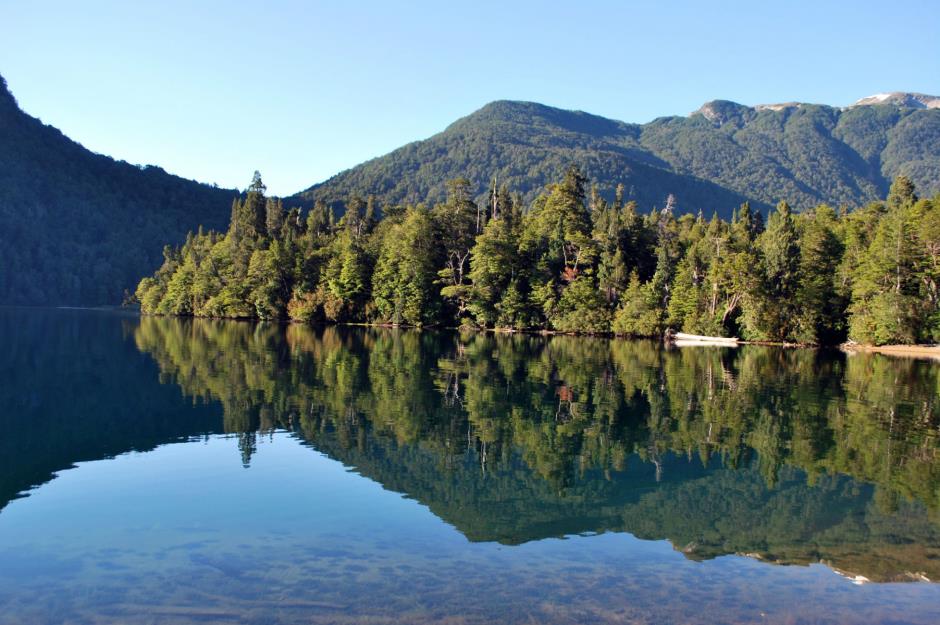
The Los Alerces National park is located in the Andes of northern Patagonia. Successive glaciations have moulded the landscape, creating spectacular features such as glacial cirques and clear-water lakes. The vegetation is dominated by dense temperate forests, which give way to alpine meadows higher up under the rocky Andean peaks. It is vital for the protection of some of the last portions of continuous Patagonian Forest and is the habitat for a number of threatened species of flora and fauna.
Qinghai Hoh Xil, China
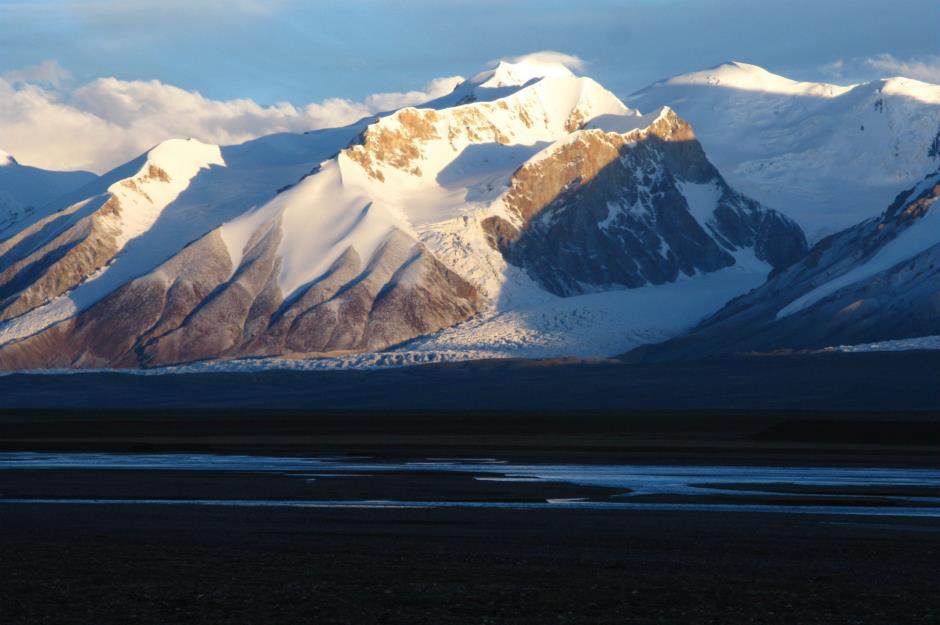
Qinghai Hoh Xil, located in the northeast corner of the Qinghai-Tibetan Plateau, is the largest and highest plateau in the world. This extensive area of alpine mountains and steppe systems is situated at an average of almost 16,000 feet above sea level, where sub-zero average temperatures prevail all year round. The site’s geographical and climatic conditions have nurtured a unique biodiversity. More than a third of the plant species, and all the herbivorous mammals are native to the plateau.
Comments
Do you want to comment on this article? You need to be signed in for this feature